Let's take a quick example like the outline view below. There are 3 columns: firstName, lastName, and fullName.

In this particular example, let's say we want to only allow firstName and lastName to be editable while fullName (which is potentially derived from firstName and lastName) is not. You could set this up in Interface Builder by checking or unchecking the editable checkbox for the table column. To do that, click 3 times on one of the table columns (not the header, but inside the outline view); this first selects the NSScrollView, then the NSOutlineView, then an NSTableColumn:

You'd set the attributes like the following:



That provides a start by setting a default editable value for the entire column. If you need more control over whether a particular row's item value should be editable or not, you can use the outlineView:shouldEditTableColumn:item: delegate method:
#pragma mark -
#pragma mark <NSOutlineViewDelegate>
- (BOOL)outlineView:(NSOutlineView *)anOutlineView
shouldEditTableColumn:(NSTableColumn *)tableColumn
item:(id)item {
if ([[tableColumn identifier] isEqualToString:@"firstName"] ||
[[tableColumn identifier] isEqualToString:@"lastName"]) {
return YES;
} else if ([[tableColumn identifier] isEqualToString:@"fullName"]) {
return NO;
}
return YES;
}
If you want to control whether a particular row in the outline view is selectable (for example, you could prevent selection of a group item), you can use outlineView:shouldSelectItem:.
- (BOOL)outlineView:(NSOutlineView *)anOutlineView shouldSelectItem:(id)item {
// if self knows whether it should be selected
// call its fictional isItemSelectable:method:
if ([self isItemSelectable:item]) {
return YES;
}
/* if the item itself knows know whether it should be selectable
call the item's fictional isSelectable method. Here we
are assuming that all items are of a fictional
MDModelItem class and we cast `item` to (MDModelItem *)
to prevent compiler warning */
if ([(MDModelItem *)item isSelectable]) {
return YES;
}
return NO;
}




